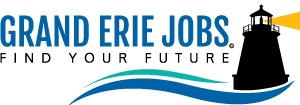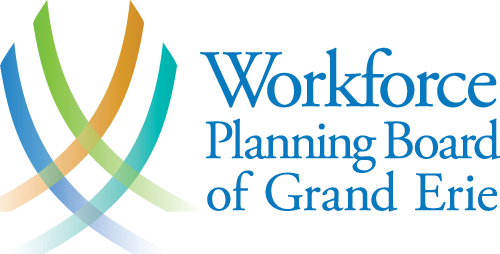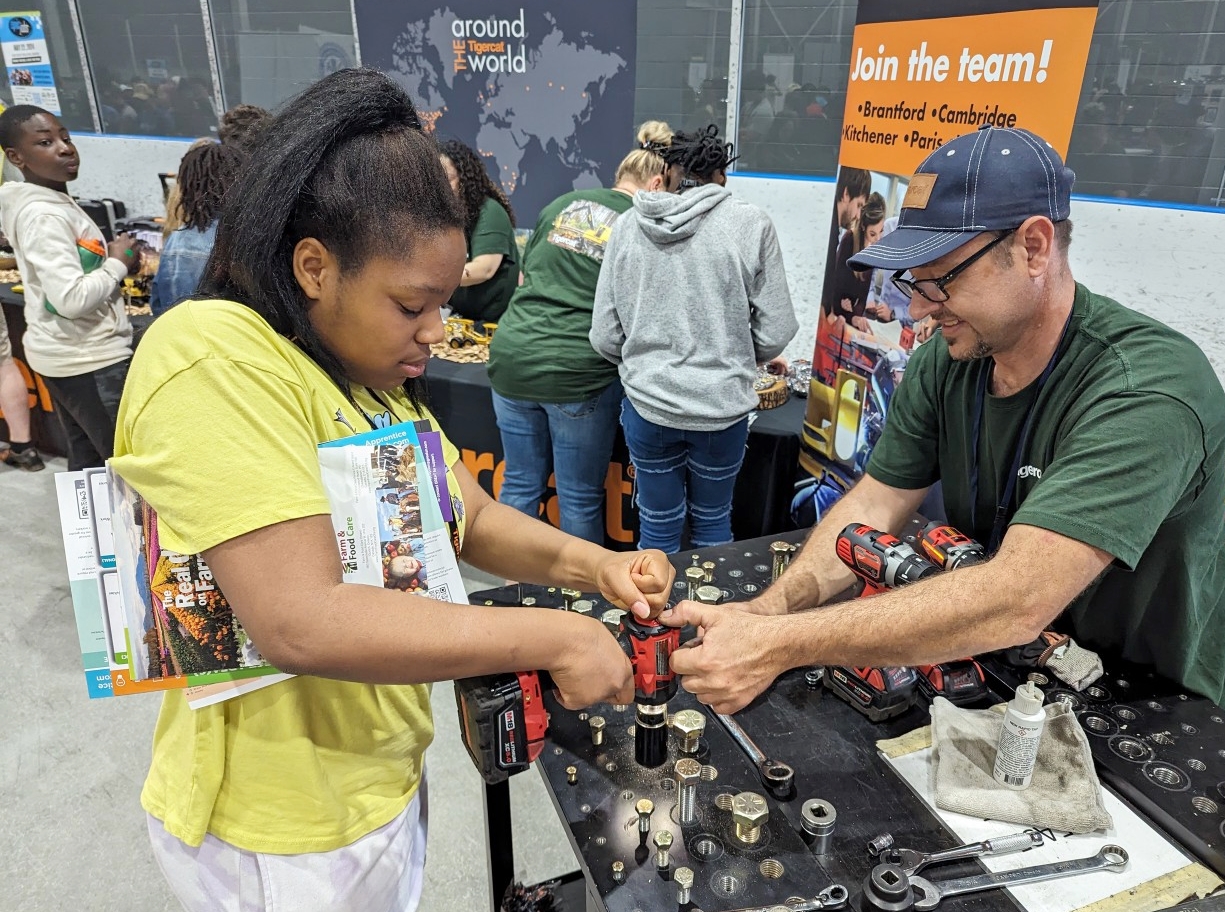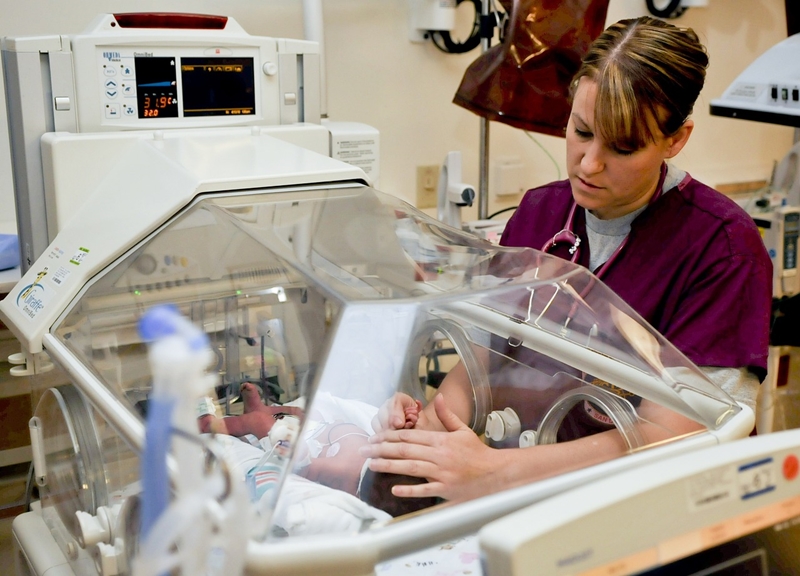Training program wants employers to work with
An innovative program that trains people to work in Grand Erie industry has a new name and expanded focus.
Skills2Advance is the new name for the free program, formerly known as connect2SKILLS, offered by the
Workforce Planning Board of Grand Erie. The expanded focus means people will be trained to work in
manufacturing as well as warehousing-logistics.
We listened to the employers in our community who said they wanted the program to grow to train
people to work in manufacturing, which is our area’s No. 1 employer,” said Danette Dalton, the Workforce
Planning Board’s executive director. “This means we’ll be able to assist more businesses with their HR
needs.”
Dalton said Skills2Advance is looking for more businesses in both manufacturing and warehousing to
partner with. Companies can use the program at no cost to tap into needed workersto fill vacant positions
at a faster pace and are also eligible for hiring and training incentives, she said.
“Skills2Advance’s additional focus will help more people train to do more work,” said Will Bouma, MPP
for Brantford-Brant. “This means more people ready for manufacturing jobs in Brantford-Brant and we
are glad to support the work done by the Workforce Planning Board of Grand Erie.”
“We need effective training and retraining programs to help people and businesses get back to work,”
said Monte McNaughton, Minister of Labour, Training and Skills Development. “As we carefully reopen
our economy, employers need skilled workers. Our government is proud to support programs that help
local workers and job seekers train for new careers.”
The program has a proven track record of training and placing participants in jobs. Eighty per cent of its
81 graduates found placements, which have turned into full time employment opportunities. Local
companies that have participated have included Mabe Canada, Hematite, Patriot Forge, Marco
Corporation, Brimich Logistics and Toyotetsu.
The program includes six weeks of classroom learning – currently adapted to be online – with the
opportunity for participants to have a two-week paid job placement. Students learn about lean
manufacturing, continuous improvement, dispatching, material handling, shipping/receiving and more.
Participants receive certifications in forklift/reach truck, first aid/CPR, and fall arrest. They earn three
college credits through Conestoga College. Brant Skills Centre provides training in essential and soft skills.
Skills2Advance is free to employers and participants. Participants must either be unemployed or under
employed. The Employment Ontario project is funded in part by the Government of Canada and the
Government of Ontario.
For more information about the program, people can email: skills2advance@workforceplanningboard.org
Website: www.skills2advance.com









